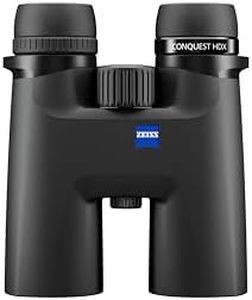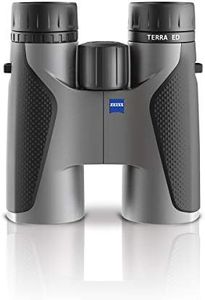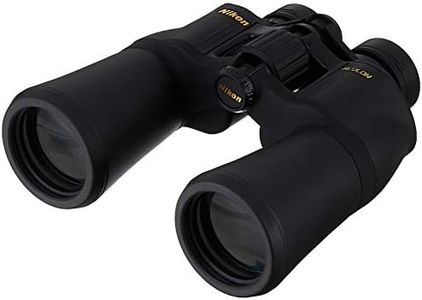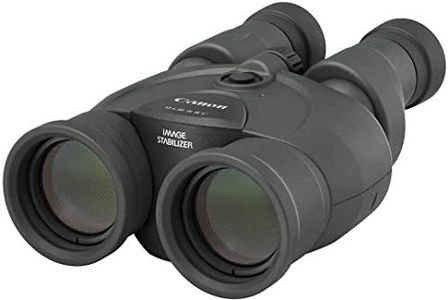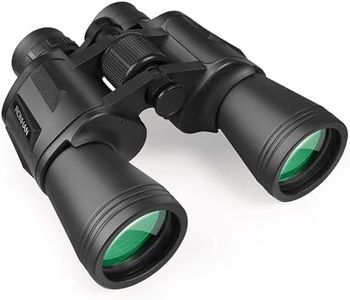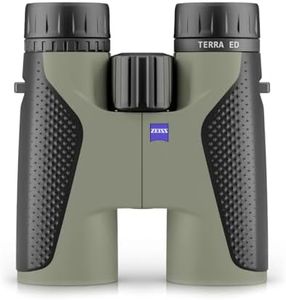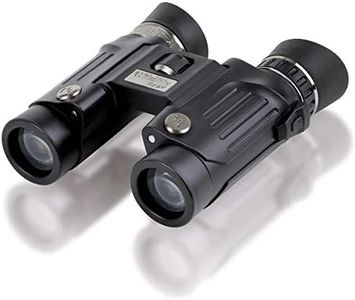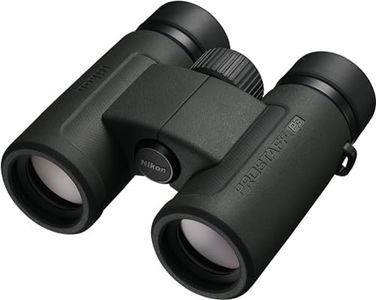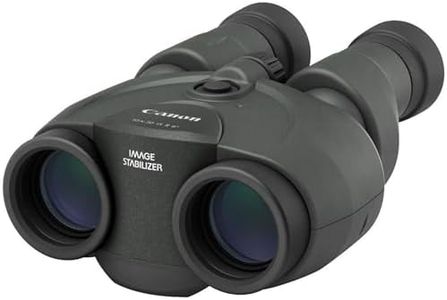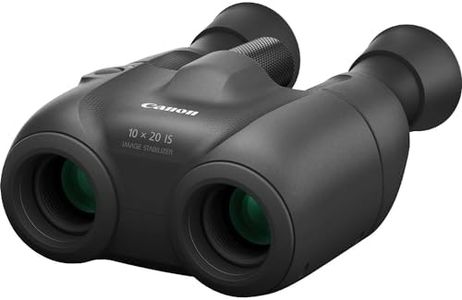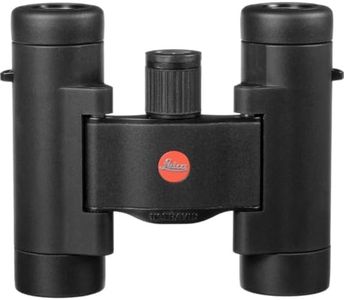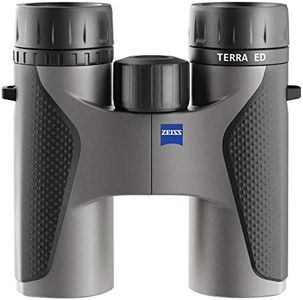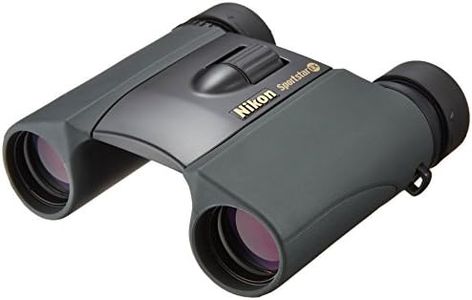We Use CookiesWe use cookies to enhance the security, performance,
functionality and for analytical and promotional activities. By continuing to browse this site you
are agreeing to our privacy policy
10 Best Compact Binoculars
From leading brands and best sellers available on the web.By clicking on a link to a third party's website, log data is shared with that third party.
Buying Guide for the Best Compact Binoculars
Compact binoculars are a fantastic choice if you need something lightweight and easy to carry for birdwatching, hiking, sporting events, or travel. The key to picking the best compact binoculars is to match their capabilities to your intended use. Think about where and when you'll use them most—if you’ll carry them all day, portability matters; for distant wildlife, stronger magnification helps. Knowing the basic specs—and what they mean for your specific needs—will help you make a smart purchase.MagnificationMagnification is the first number in binocular specs, such as 8x25. It tells you how much closer an object appears compared to the naked eye. Higher magnification, like 10x, brings you closer to distant objects but can make the image shakier and reduce the field of view. Lower magnification, like 8x, provides a steadier image and a wider field of view, making it easier to track moving subjects. If you want to spot details far away, go for higher magnification; but for general use and ease of handling, a moderate value is often best.
Objective Lens DiameterThis is the second number in specs (for example, 8x25 means a 25mm lens at the front). A larger objective lens lets in more light, resulting in brighter images, especially in low-light situations. However, it also makes binoculars bigger and heavier, less compact. For outdoor, daylight activities, a small objective (about 20-25mm) keeps binoculars light but still useful; for dawn, dusk, or forest use, slightly larger lenses help, though true compact binoculars balance small size with enough brightness for most circumstances.
Weight and SizeCompact binoculars are designed to be light and easy to carry, fitting into a pocket or small bag. Weight and physical size can vary even among compact models. Lighter models are great for travel and long hikes, but sometimes feel less steady in the hands. A slightly heavier compact might offer better image stability, so balance your need for portability with how comfortable they are to hold steady during use.
Field of ViewField of view is the width of the area you can see at a certain distance, shown as a number (e.g., 330 feet at 1000 yards). A wider field of view makes it easier to locate and follow moving subjects, like birds or sports action. However, a wider view often comes with lower magnification. Think about what you'll watch: for fast-moving or broad scenes, prefer a wide field of view; for focusing on distant, stationary details, a narrower field with higher magnification might work.
Prism TypeBinoculars use prisms inside to correct the image, and the two main types are roof prism and Porro prism. Roof prism binoculars are more compact and straight-lined, usually lighter and more durable, making them common in compact models. Porro prism binoculars tend to be bulkier but can offer a wider field of view and sometimes brighter images. For most users seeking compactness and simplicity, roof prism designs are usually the best fit.
Water and Fog ResistanceIf you plan to use your binoculars outdoors, especially in uncertain weather or near water, look for water-resistant or waterproof models, often labeled as 'O-ring sealed' or 'nitrogen-purged.' These features protect the internals from moisture, rain, and even accidental drops in water. For hiking, boating, or changeable conditions, waterproofing ensures reliability and a longer lifespan.
Eye ReliefEye relief is the distance you can hold the binoculars from your eyes and still see the full field of view, measured in millimeters. It's especially important if you wear glasses—longer eye relief (15mm or more) is preferable. If you use glasses while viewing, look for models with adjustable eyecups and adequate eye relief so you enjoy the full image comfortably.
